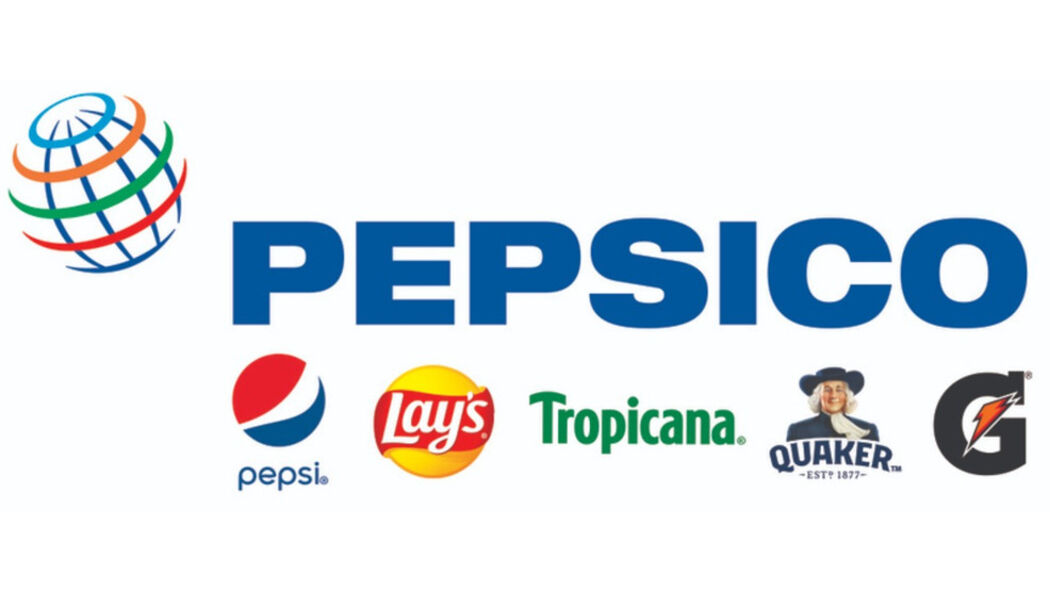The End of Shallow Branding
As the world becomes increasingly cluttered with ads, logos, and digital noise, brands are losing their voice. People are becoming less trusting, their attention spans are getting shorter, and brand loyalty is fading. People buy ideas these days, not just names. Next year’s most powerful brands won’t be the biggest ones; they’ll be the ones that people trust.
The Psychology of Belief
Belief is branding’s most powerful commodity. A logo may elicit recognition, but belief fosters loyalty. People unite behind companies that represent something more than their goods. That’s why Patagonia inspires commitment beyond jackets: if fights for the environment. Tesla does more than simply sell vehicles; it also inspires confidence in the future of renewable innovation. Dove builds trust not through advertisements, but by its commitment to true beauty and diversity.
When people agree with a brand, they establish tribes. Tribes protect, spread, and evangelise. Unlike campaigns, tribes survive.
From Storytelling to Story-Living
For decades, branding was based on narrative. But tales are no longer enough. The future belongs to brands that tell their own stories.
Yesterday, there were sleek taglines, beautiful ads, and bombastic promises.
Tomorrow we’ll talk about evidence, consistency, and life values.
Nike doesn’t just market “Just Do It.” It promises athletes from all backgrounds, demonstrating that everyone may hold the status of athlete. This is the new playbook: don’t simply tell us what you believe; live it.
Technology as Belief Amplifier
Belief is both weak and strong because of technology. Greenwashing or false claims can be shown on a single TikTok. At the same time, digital channels make it possible for real brands to reach a lot more people. With AI and customization, belief can now be given in very specific ways. Blockchain, on the other hand, can offer openness that builds trust.
Branding won’t need more ads in the future. It’s about using technology at every point of contact to boost belief.
The New Rules of Belief Building
In the next ten years, brands that do well will follow a new set of rules:
Authenticity over looks: A nice image doesn’t mean much if it doesn’t have any meaning.
Sticking to campaigns over and over again builds belief every day, not just during ad seasons.
Participation over persuasion: Let your customers help you make up your story.
Purpose over positioning: things fade, but purpose makes things last.
With these rules, branding goes from being a way to communicate to being a part of culture.
Case Studies of the Future
Apple: Every shop and product is based on their belief in keeping things simple and designing with people in mind.
Tesla’s belief in new ideas and environmental responsibility is shown through silence instead of engine noise.
Glossier is a beauty brand that puts the community first and is driven by customer co-creation.
These brands don’t just sell things; they sell a sense of identity, connection, and value.
Branding as Modern Religion
Belief is the key to the future of brands. Believers are devoted, while logos may lead to fame. As markets become more saturated and buyer doubt grows, the brands that do best will not be the biggest ones, but the ones that whisper the truth that their audience wants to hear.
Belief is more than just advertising; it’s a movement. New brands that are really strong will not look like big companies. They are going to look like towns. They’ll ask us to believe instead of asking us to buy.
ALSO WATCH MARKETING EDGE ONTV







Comment
No comments found.